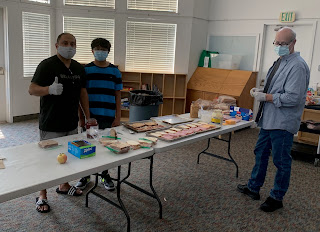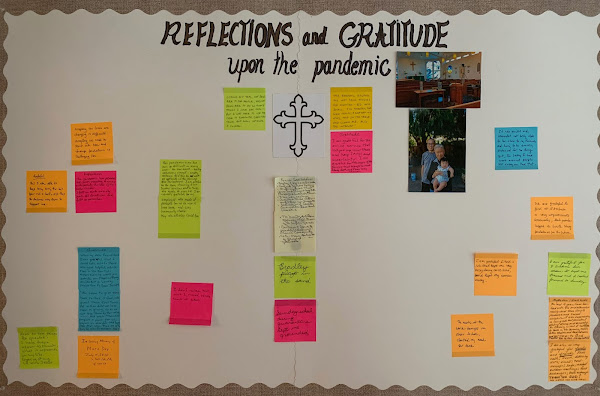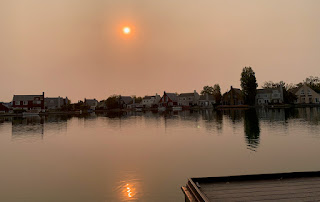Lexus has pared back the appurtenances at the San Jose service facility.
Coffee and water were the only offerings. The lounge had a few circular tables, along with a dozen comfortable chairs, spaced far apart.
The place seemed half as busy as I remembered. Perhaps the brand is less popular, or perhaps Lexus customers have drastically cut back on their driving. We've only brought in the car twice in 2½ years; the original expectation in 2019 was for four service visits. The shop was done in two hours; if they're going to be this quick I don't need trappings of luxury.
Nothing's changed from last month's rumination about buying out the lease. At 8,000 miles in 28 months we've become the little old lady (not the one from Pasadena) who hardly takes the car out of the garage.
Maybe we'll end up like Bob Costas, who's driven his 14-year-old Lexus LS 460 only 50,000 miles:
Lexus makes good cars—they last a long time and have a classic design. If you spray it with a hose now and then, no one will know the difference between the 2021 and the 2007.Spraying with a hose now and then---I wish it were as easy with these old bones.










































